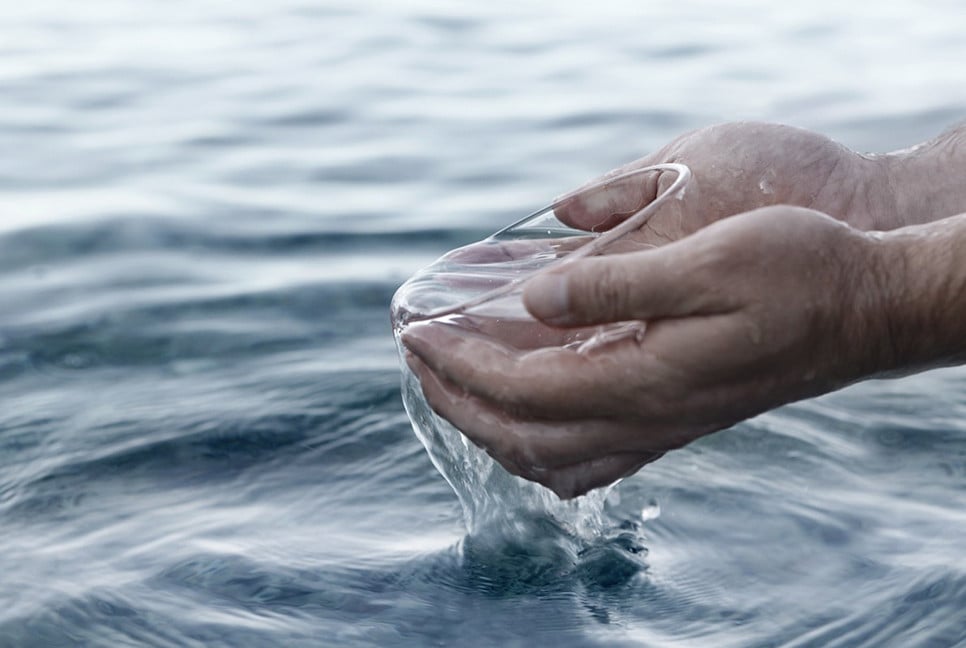A team of researchers has introduced a revolutionary method for transforming salt water into fresh and drinkable water, offering a potential breakthrough in tackling the global water scarcity crisis. This innovative technique, which harnesses solar energy, is not only more efficient but also more sustainable than conventional desalination methods.
Currently, approximately 36% of the world’s population experiences severe water scarcity for at least four months each year. Alarming projections indicate this number could climb to 75% by 2050. Highlighting the urgency of this challenge, the science-focused publication Norridge has called for immediate, innovative action to address the looming crisis—a call this new approach seeks to answer.
Desalination, the process of extracting salt from seawater to produce drinkable fresh water, has long been a solution to water scarcity. However, traditional methods such as reverse osmosis and thermal distillation are energy-intensive, relying heavily on electricity, which increases operational costs and carbon emissions. These environmental and financial drawbacks have driven the search for more sustainable alternatives.
Led by Professor Haolan Shu of the University of South Australia (UNISA), an international team of researchers has developed a solar-powered purification method called “interfacial evaporation.” Unlike conventional systems, this approach is highly energy-efficient, durable, and environmentally friendly. However, one significant hurdle has been the presence of salts and minerals in seawater, which slow the evaporation process by interfering with water molecules.
Professor Shu’s team, in collaboration with Chinese researchers, has overcome this challenge by incorporating natural clay minerals into a specially designed hydrogel evaporator. The result is an 18.8% increase in the evaporation rate of seawater—a remarkable improvement, given that seawater typically evaporates 8% more slowly than fresh water.
The key innovation lies in the creation of a "photothermal hydrogel," a composite material that combines common clay minerals—such as halloysite nanotubes, bentonite, zeolite, and montmorillonite—with advanced materials like carbon nanotubes and sodium alginate. This hydrogel, designed to float on the water’s surface, efficiently absorbs sunlight to drive the evaporation process.
The real breakthrough, however, is the hydrogel's ability to facilitate ion exchange. Minerals embedded within the hydrogel naturally attract magnesium and calcium ions from seawater. By reducing ionic interference, this process accelerates evaporation without requiring additional energy input, maintaining a balance between efficiency and sustainability.
One of the standout features of this hydrogel evaporator is its long-term durability. Even after months of exposure to seawater, the material maintains its functionality, proving its stability for real-world use. Moreover, this method can be easily integrated into existing water purification systems, making it a versatile addition to current technologies.
By enhancing the capacity and efficiency of water purification processes, this innovation holds promise for diverse applications, from large-scale desalination plants to portable purification systems in remote or disaster-stricken areas.
Professor Shu and his team are now focused on refining their technique and exploring its broader applications. Their goal is to scale up the technology to address global water shortages and bring clean, safe drinking water to millions of people worldwide.
This success represents a critical step toward sustainable water management. As global demand for fresh water continues to rise due to population growth, industrial needs, and climate change, innovative solutions like this highlight the power of science and technology to address humanity's most pressing challenges. With further development, this solar-powered method could reshape how the world combats water scarcity, providing hope for a more sustainable and water-secure future.
Bd-pratidin English/ Jisan
































































